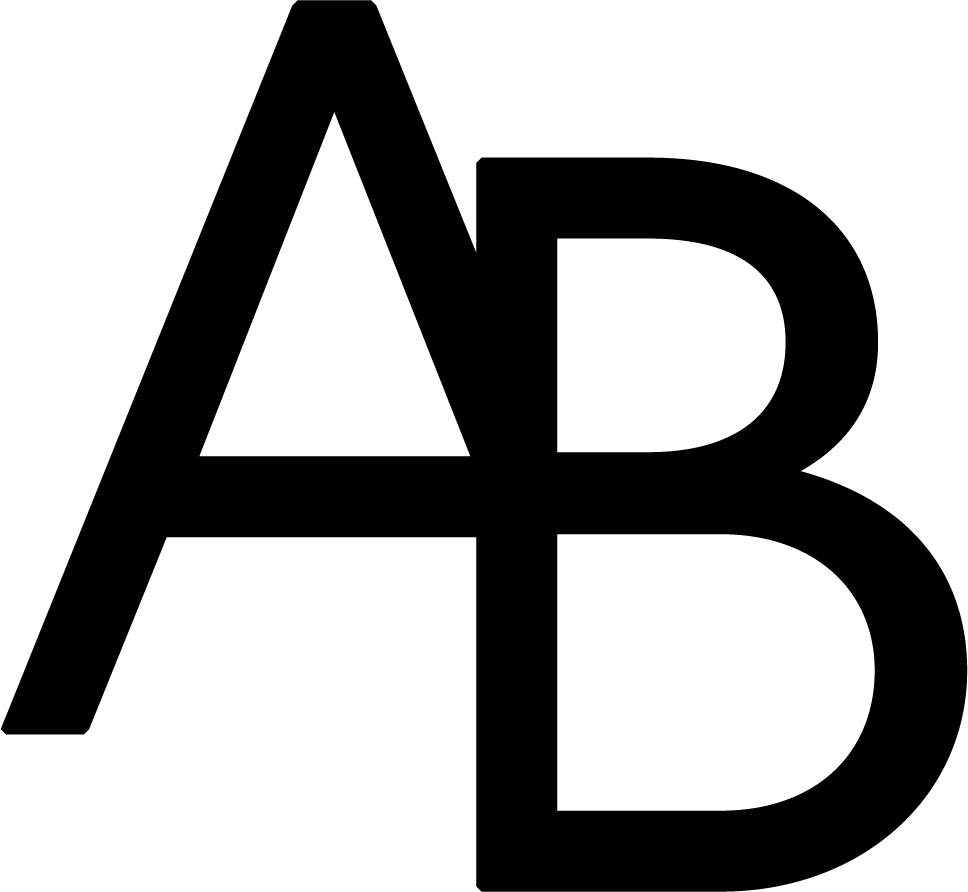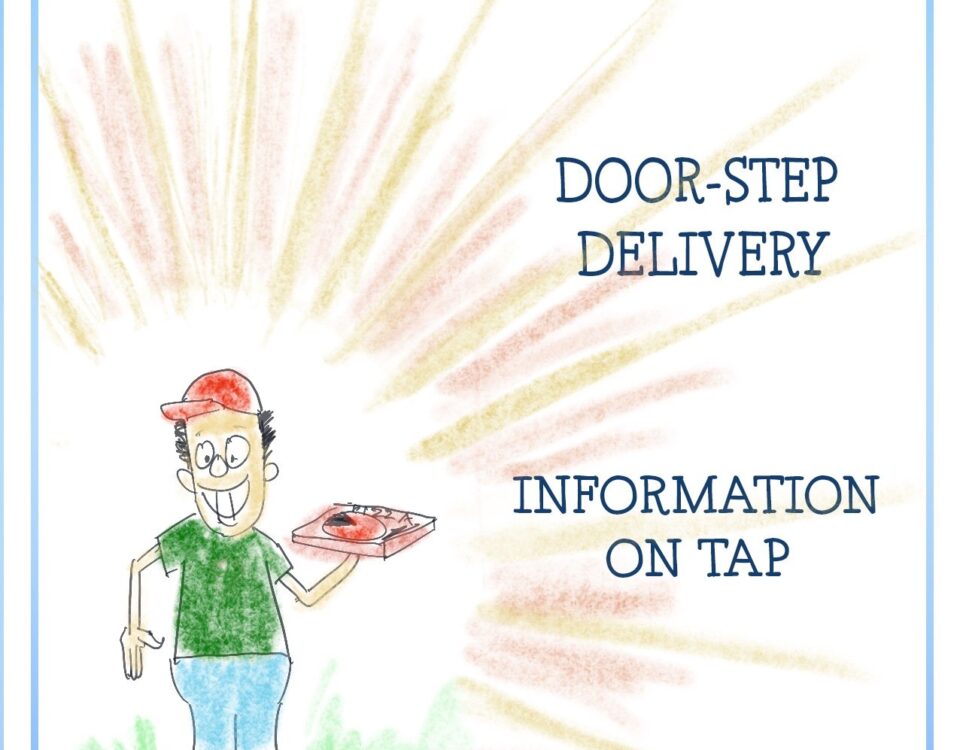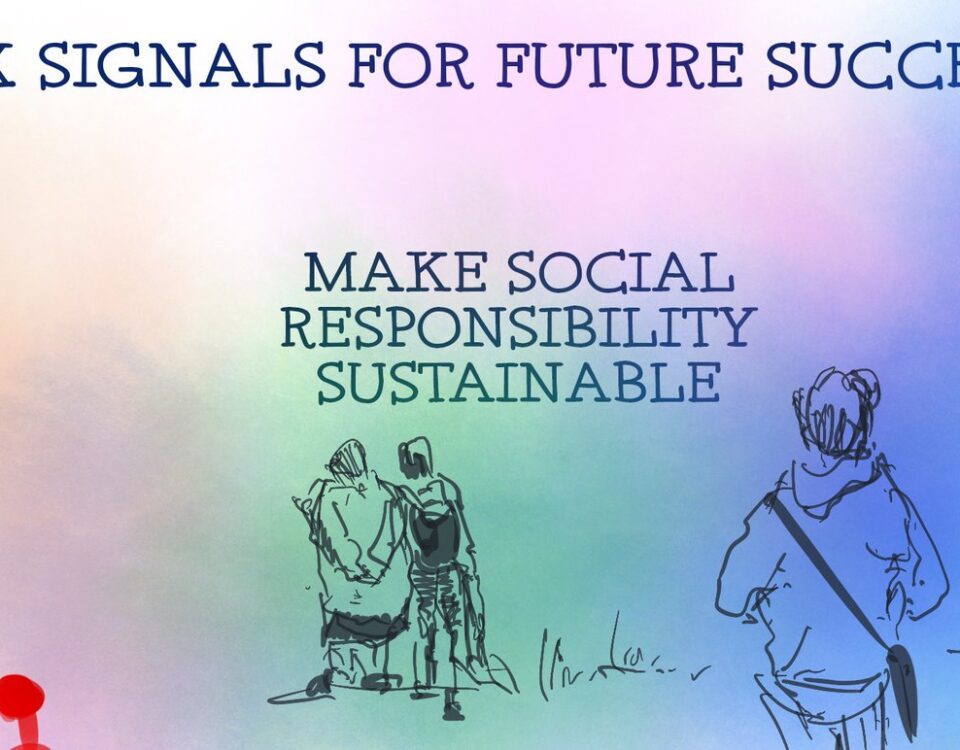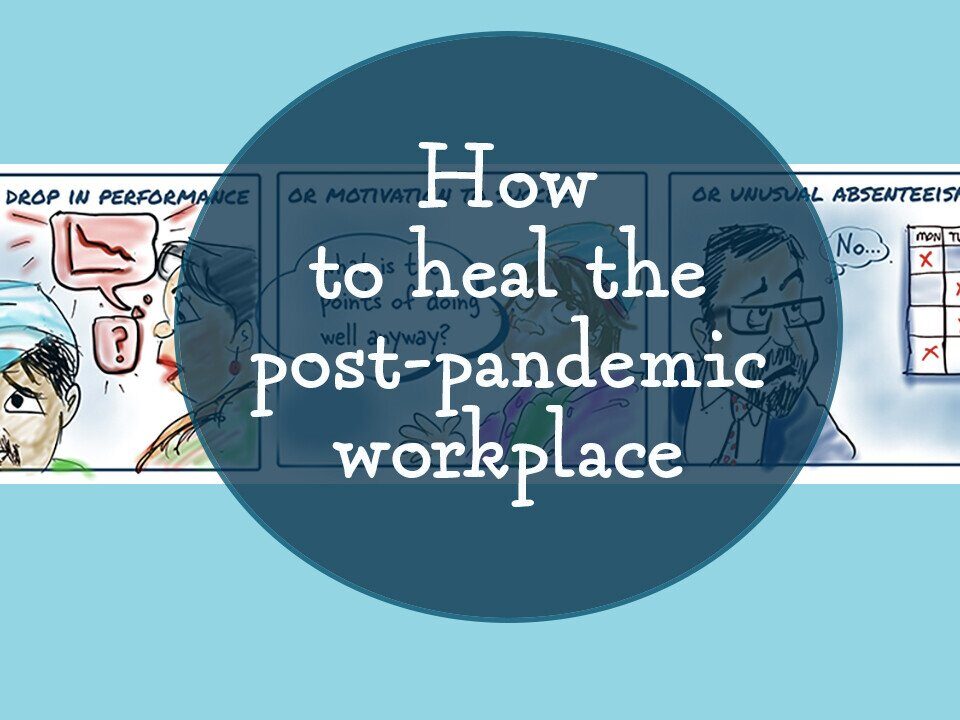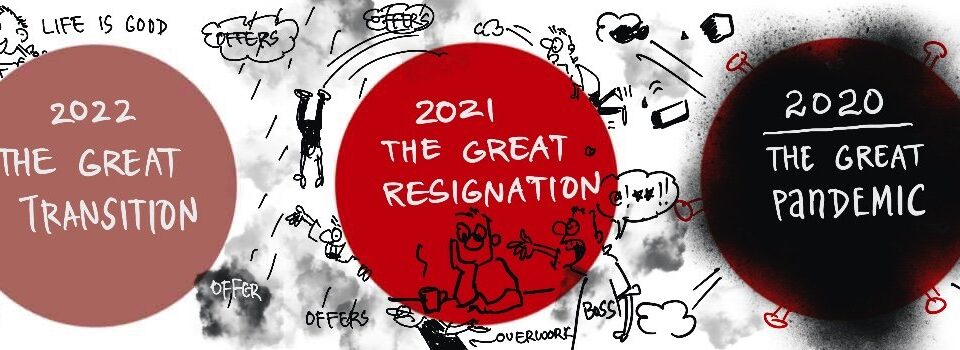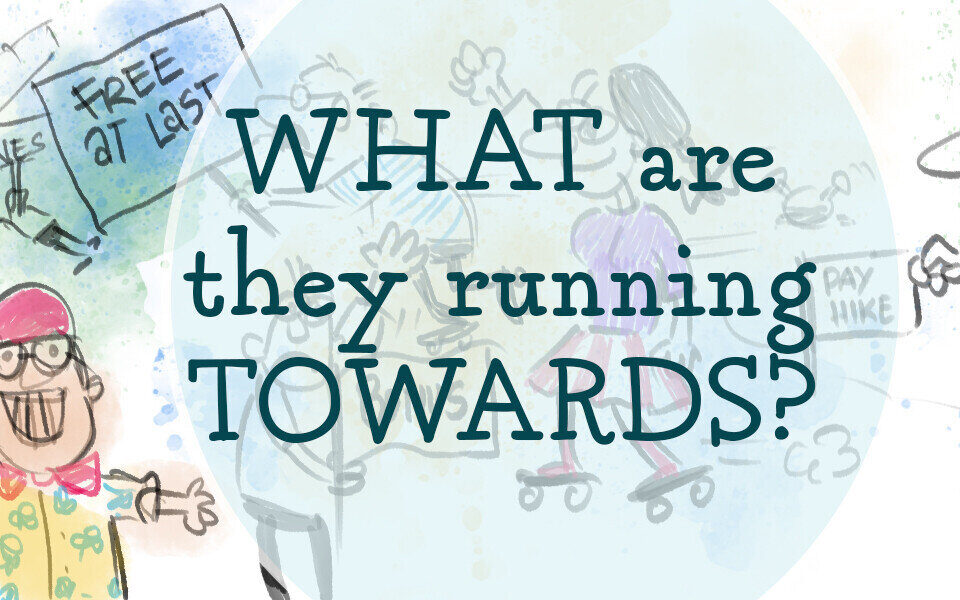Technology must be viewed as a means to simplify work rather than the employee looking at it as yet another piece of work that gets added.
Trends and weak signals can give everyone a heads up about the future. Accenture has published six such signals. I found them useful. So I took notes… I mean Sketchnotes.
Globally, an estimated 264 million people suffer from depression, one of the leading causes of disability. Many of these people suffer from symptoms of anxiety. 48% of employees report experiencing high to extreme stress over the past year
#TheGreatResignation in 2021 has put millions of professionals into hashtag#newroles and new hashtag#ecosystems. Without the support of a hashtag#transitioncoach most of these new hires will struggle to perform.
The five forces that I wrote about in my book Dreamers and Unicorns formed the trigger for this podcast. Harish and I spoke about a bunch of ideas. Hope you will enjoy listening to it. If you do, please do share the post
3 Steps in Building a hashtag#TalentBrand
Employer brand is what job seekers and employees really think of you. Talent Brand is a subset of that. A strong Talent Brand makes your business-critical talent think of you as their preferred employer.
Influencers make money doing stuff you and I do every day any way. Why do they get paid so much? For one, it is the rise of Intangibles. “The Rock” will charge a million dollars to endorse a product. Others are happy to get a sample. Discover why businesses are reaching out to influencers of all ages.
When an employee quits, the manager offers more money. That reinforces exactly what the employees suspected. The relationship is purely transactional. They believe that they are just another factor of production
The Nestle Report on Hyper Convenience talks about the customer who wishes to have every whim met on tap or app. On 9th Oct 2021, the Clubhouse chat room hosted by @Competia gather @kyraOcity @skap5 @AJParonWildes @AbhijitBhaduri @mcirkus @neilredding to discuss the implications of this trend. Nestle’s research has revealed that of the 53% of the people surveyed who buy coffee to go, a third buy it from supermarkets, 23% from forecourts and 19% from convenience stores. What’s more, over half of the respondents (60%) have eaten breakfast, brunch, lunch or dinner on the go. You may have been one of them. This is for you.
